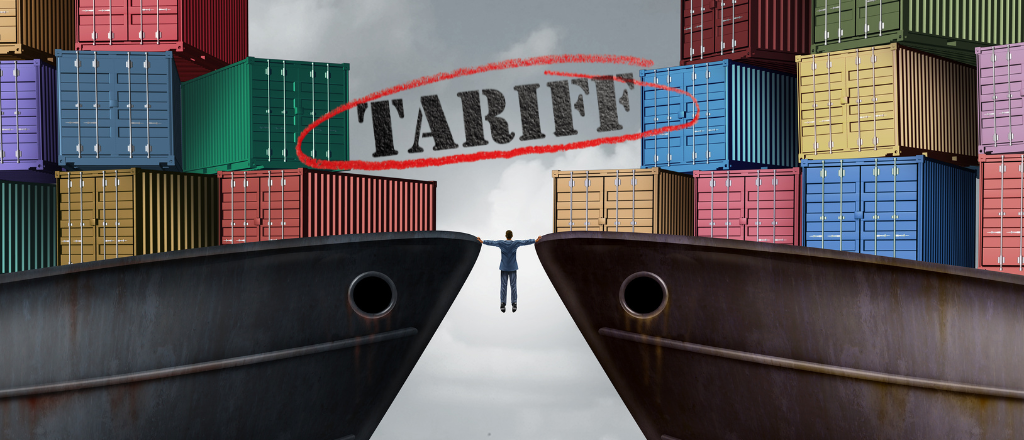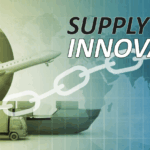Adapting to Tariff Challenges
Strategic vs. Tactical Innovation: Which Course Are You On?
In the dynamic business world, “innovation” is the buzzword everyone throws around. But are we all talking about the same thing? Often, the distinction between strategic and tactical innovation gets blurred, leading to misaligned efforts and missed opportunities. So, let’s break it down and clarify these two critical approaches to growth, especially in the context of today’s volatile trade landscape.
Strategic Innovation Under Tariff Pressure: Transforming Challenges into Opportunities
Imagine a chess grandmaster planning their moves several steps ahead. That’s strategic innovation in a nutshell. It’s about looking beyond the immediate horizon and envisioning entirely new ways to create value. We’re talking about reimagining your business model, disrupting existing markets, or even creating entirely new ones.
Think of Netflix shifting from DVD rentals to streaming. Or Apple revolutionizing the music industry with the iPod and iTunes. These are prime examples of strategic innovation. Now, suppose a company is facing steep tariffs on imported components. This can force a strategic pivot.

They might need to:
- Relocate production:
Move manufacturing to a country with lower tariffs or more favorable trade agreements. - Diversify supply chains:
Source materials from multiple countries to reduce reliance on tariff-affected regions. - Develop alternative materials:
Invest in R&D to create products using locally sourced or tariff-free components. - Re-evaluate target markets:
Shift focus to markets less impacted by trade barriers.
These are prime examples of strategic innovation driven by external pressures. It’s about asking bold questions like:
“How can we insulate our business from global trade volatility?”
“What new markets can we create to offset tariff-related losses?”
“How can we fundamentally change our supply chain to remain competitive?”
Strategic innovation is a long-term play, often spanning years. It demands significant investment, a tolerance for risk, and a willingness to challenge the status quo. It’s about shaping the future, not just reacting to it, especially when tariffs are reshaping the present.
Tactical Innovation to Mitigate Tariff Impacts: The Fine-Tuning Approach
Now, picture a skilled mechanic fine-tuning an engine for peak performance. That’s tactical innovation. It’s about making incremental improvements to existing products, services, or processes. It’s about optimizing efficiency, enhancing customer experience, and squeezing every drop of value from your current operations. In the face of tariffs, this could mean:

- Negotiating with suppliers:
Securing better prices or alternative sourcing options to minimize tariff costs. - Improving production efficiency:
Reducing waste and optimizing processes to offset increased material costs. - Adjusting pricing strategies:
Carefully analyzing price elasticity and adjusting prices to maintain profitability without losing customers. - Enhancing customer service:
Focusing on customer retention to maximize the value of existing customers in a challenging market.
Tactical innovation is about the “how.” It’s about executing your existing strategy more effectively. It’s focused on short-term gains and minimizing risk. While less glamorous than strategic innovation, it’s equally crucial for maintaining competitiveness and driving continuous improvement, particularly when trying to absorb the impact of tariffs.
| Strategic | Tactical | |
| Time Horizon | Long-term (3-5+ years) | Short-term (within a year) |
| Scope | Broad, affecting the entire organization or market | Narrow, focusing on specific processes or products |
| Risk | High | Low |
| Impact | Disruptive, transformative | Incremental, optimizing |
The Power of Balance In a Tariff-Affected World
The most successful companies understand that both strategic and tactical innovation are essential. You can’t have one without the other. Strategic innovation sets the direction, while tactical innovation provides the steps to get there. In a world with fluctuating tariffs, this balance is even more critical.
Strategic vision without tactical execution is just a dream, especially when tariffs erode profit margins.
Tactical efficiency without strategic direction is like running in circles, without addressing the underlying impact of trade barriers.
So, ask yourself: Is your company focusing on the big picture or just the small details? Are you shaping the future or just reacting to it? By understanding the difference between strategic and tactical innovation, you can ensure your company is on the right path to sustainable growth and success, even when facing the challenges of tariffs and global trade complexities.






